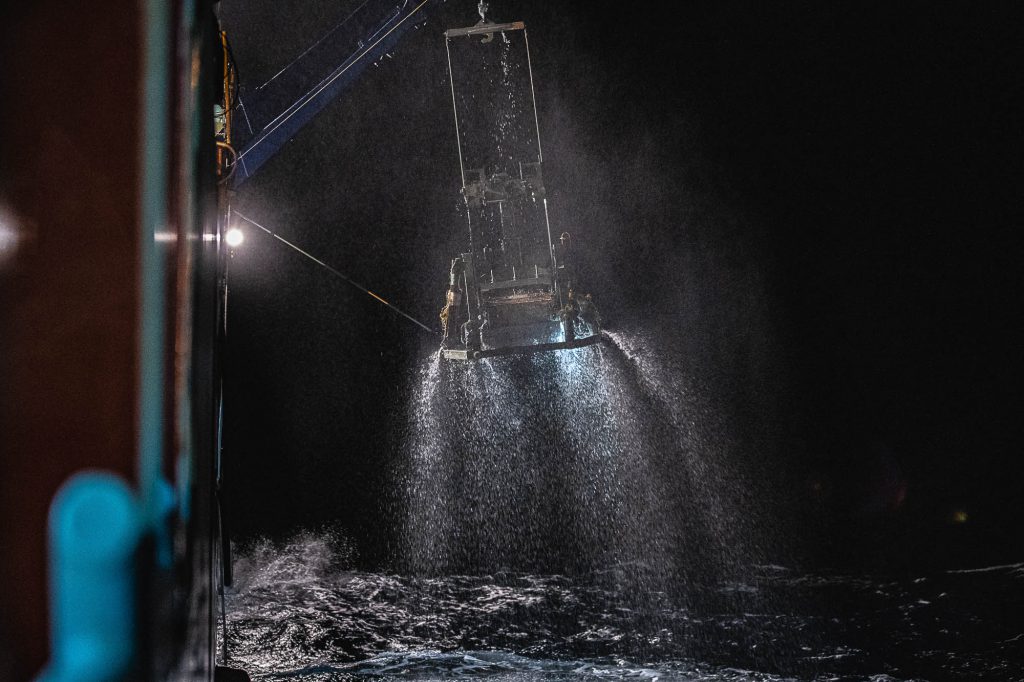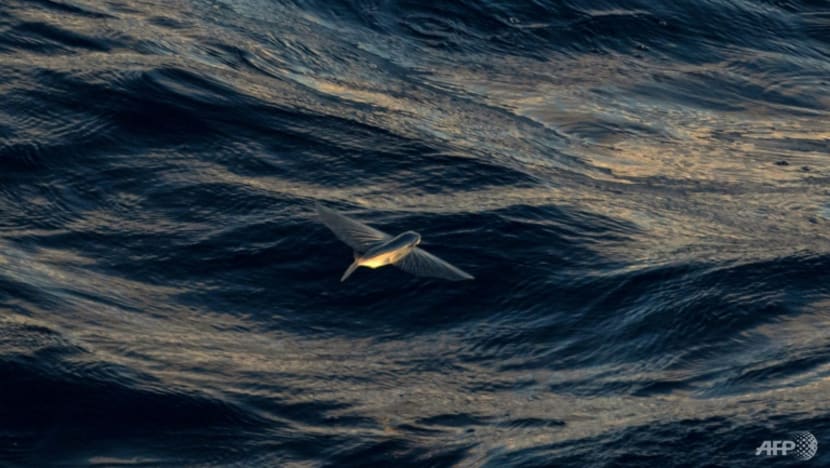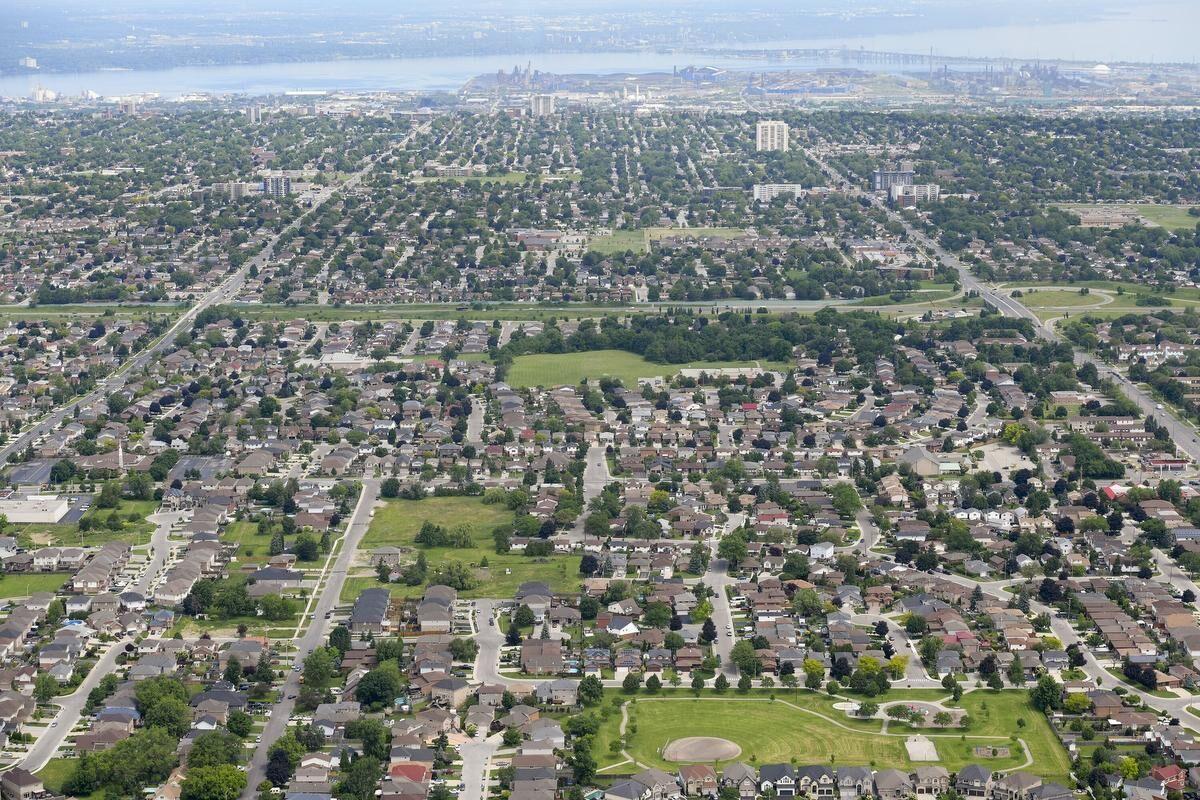By Aaron Gregg
Updated July 7, 2023
What started as a run-of-the-mill contract dispute in rural Canada has yielded a unique legal precedent for the internet age: An emoji constitutes a legally binding contract.
In a June 8 opinion that was itself peppered with the little yellow “thumbs-up” emoji, Saskatchewan judge T.J. Keene ruled that a farmer’s emoji response to a contract sent by a grain cooperative did qualify as agreement on the contract terms. He ordered the farmer to pay 82,200 Canadian dollars ($61,000) in damages.
Thanks to technology, Keene argued, emoji have become a common facet of modern communication, something the legal system will have to confront moving forward.
“This Court cannot (nor should it) attempt to stem the tide of technology and common usage — this appears to be the new reality in Canadian society and courts will have to be ready to meet the new challenges that may arise from the use of emoji and the like,” Keene concluded.
Although Keene said the case was “novel” for his district, the ruling plays into broader issues surrounding the use of images in electronic communication.
The ruling arose from a dispute between a farmer, Chris Achter, and a grain processing cooperative in southwestern Saskatchewan. During the covid-19 pandemic in 2020, the grain cooperative stopped sending its salespeople to deal with farmers face-to-face and instead handled contracts by phone or email.
The cooperative claimed that both parties entered a deferred delivery purchase contract for 87 metric tons of flax in 2021, with an agreement to pay 669.26 Canadian dollars (about $500) per ton.
According to court records, a cooperative employee drafted a contract that listed “Nov.” as the delivery period, signed it, and took a photo of it on his cellphone. He then sent it to Achter, along with the phrase “Please confirm flax contract.” In response, Achter texted back a thumbs-up emoji.
However, the grain never arrived, prompting the cooperative to sue for breach of contract and insist that the emoji constituted an agreement.
In a deposition, Achter countered that he had not meant the emoji to function as a signature.
“I confirm that the thumbs-up emoji simply confirmed that I received the flax contract,” Achter said. “It was not a confirmation that I agreed with the terms of the Flax Contract. The full terms and conditions of the Flax Contract were not sent to me, and I understood that the complete contract would follow by fax or email for me to review and sign.”
Achter added that he regularly texted back and forth with the salesperson, and many of those texts were informal. As supporting evidence, he presented texts showing a joke that the salesperson had previously sent him.
“I deny that he accepted the thumbs-up emoji as a digital signature of the incomplete contract,” Achter said in the deposition. “I did not have time to review the Flax Contract and merely wanted to indicate that I did receive his text message.”
All about nuance
Emoji are commonly used to emphasize a text message or react to a post on social media. To some, they can take the place of words: The so-called “tears of joy” emoji was named the 2015 word of the year by Oxford Dictionaries, which said in a statement at the time that emoji “have been embraced as a nuanced form of expression, and one which can cross language barriers.”
In some cases, they have entered the business world as well, as some companies favor the workplace communications platform Slack over more formal methods like email.
Emoji have also sometimes posed complicated legal questions. In a 2014 case, Ghanam v. Does, a Michigan appeals court had to analyze the facts and circumstances surrounding a “sticking out tongue” emoticon in a defamation case. The court concluded that it was a joke, ruling in favor of the defendant.
In other cases, emoji have been used as evidence showing a person’s intent, such as a Pennsylvania drug conviction in which a defendant had used an image of a rat to indicate someone had been disloyal.
In a January 2022 article for the American Bar Association, attorney Heather King advised litigators to focus on “factors such as the sender’s and recipient’s intent, surrounding circumstances and the text accompanying the emoji.”
Culture can be important, too, King wrote, noting that a thumbs up gesture can be considered offensive or vulgar in some Middle Eastern countries.












